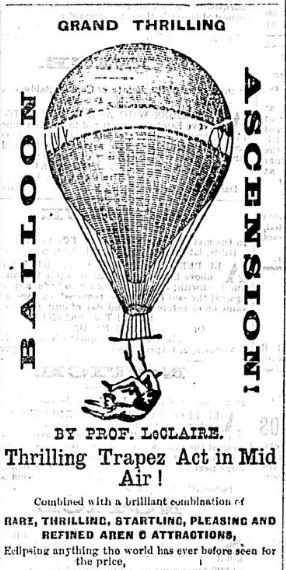 |
|
Nanaimo Airport
The first
aerial ascent in Nanaimo took place on
Wednesday, June 9, 1880 when an
entertainer named the
Great Professor LeClair flew on a trapeze under his hot
air balloon from the Skinner Street show
grounds, landing shortly thereafter in
Nanaimo harbour near the coal terminal.
Four days earlier, he had been the first
human in the air over British Columbia
when he performed the same stunt in
downtown Victoria, as advertised in the
British Colonist Newspaper.
|
|
Even before powered
flight came to Nanaimo, a local boy,
Raymond Collishaw. made his name in aviation history by
becoming the highest scoring ace in the Royal
Naval Air Service, and the second highest
scoring Canadian in the First World War.
Return to
map |
.jpg) |
|
|
|
|
|
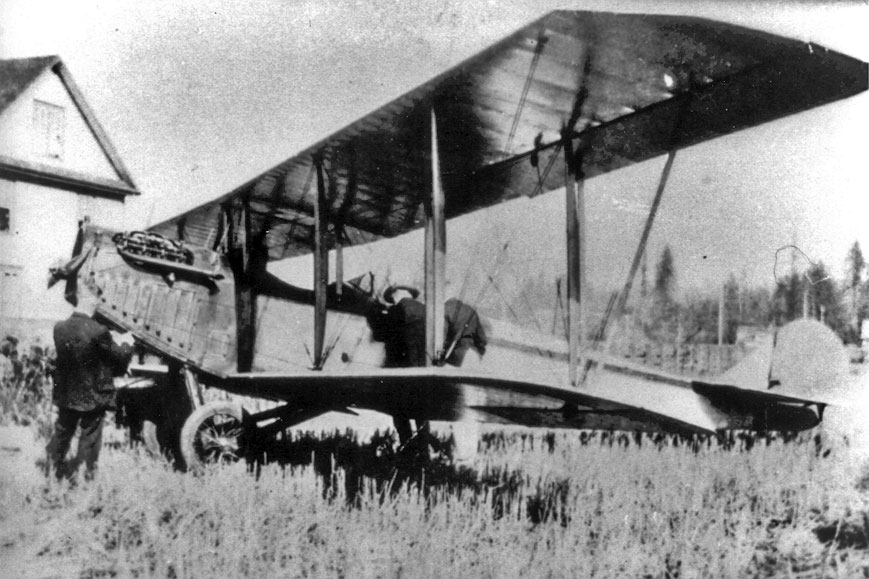 |
The
first powered flight in Nanaimo was likely the arrival
from Victoria on August 17, 1919 of a JN-4 �Canuck�,
flown by Capt. James Gray and Capt. Gordon Cameron. The
two brought a packet of unofficial mail and spent the
day entertaining spectators at the city�s Exhibition
Grounds. They returned to Victoria the same day,
forgetting to take the return mail with them!
Back to top of
page
Return to
map
|
|
|
Most air traffic to
Nanaimo during the 1920�s and 1930�s consisted of
visiting seaplanes and flying boats. For eighteen
months, starting in 1929, Alaska-Washington Airways of
British Columbia offered scheduled seaplane service
between Seattle, Vancouver, Victoria and Nanaimo. A
Canadian pilot, Gordon K. MacKenzie, flew a Fairchild 71
christened �Victorian� on the route between Nanaimo,
Vancouver and Victoria. |
|
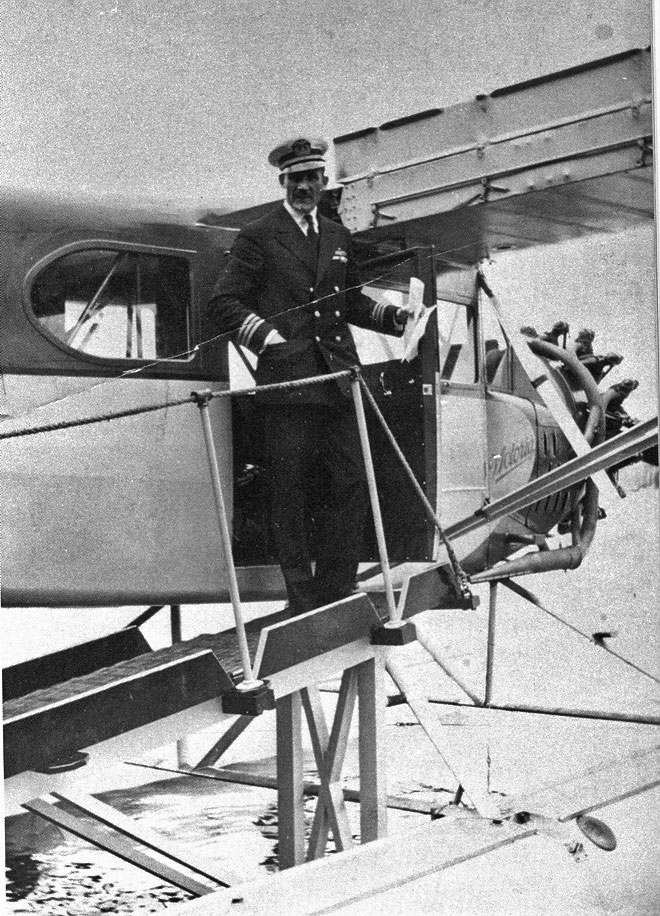 |
|
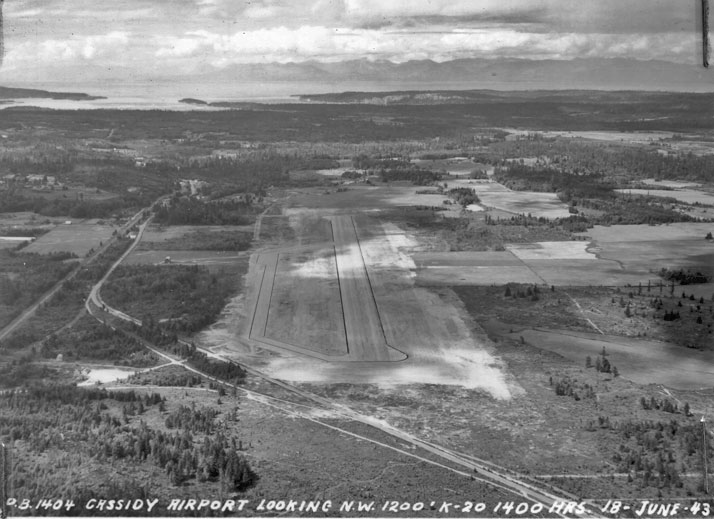 |
With the onset of the War
in the Pacific, the Canadian government undertook a
concentrated program to strengthen defences along the
West Coast. A site at Cassidy, 13 km south of Nanaimo,
was selected for an emergency airfield along the coastal
airway from Seattle, Washington, to Anchorage, Alaska.
The land was purchased from Cassidy farmer J. Haslam and
a single 5,000 foot runway quickly completed and
eventually paved. The airfield was initially operated by
the Royal Canadian Air Force for emergency use with
limited facilities.
Back to top of
page
Return to
map
|
|
In the later years of the
war, the airfield was used by No. 6 Operational Training
Unit (based in Comox) as a training centre for pilots
learning to tow large Hadrian gliders�reportedly the
only such facility in Canada.
|
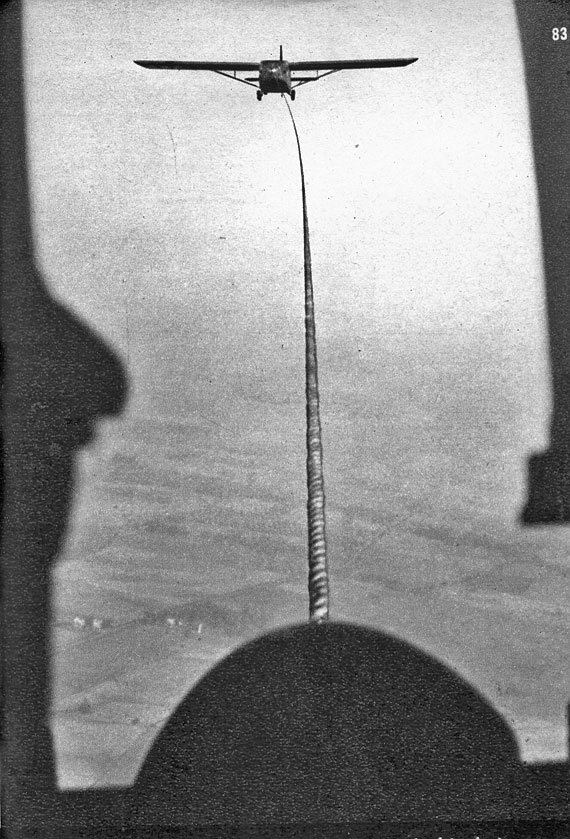 |
|
.jpg) |
At war�s end, Cassidy Airfield passed from RCAF
control to the Department of Transport and was leased to the City of
Nanaimo, who in turn assumed responsibility for operation of the
facility. The Nanaimo Flying Club were the first regular users based at
the airport, but over the years scheduled commercial services and
related facilities were gradually added. Nanaimo airport, with greatly
improved lighting, landing systems and passenger facilities, is now
served by Air Canada and Westjet. The expanded and upgraded terminal
building is named in honour of hometown ace Raymond Collishaw.
Back to top of page
Return to
map |
|
Note: All photos courtesy Chris
Weicht except first balloon image, courtesy Creative Commons and
current photo of Nanaimo airfield, courtesy CC BY-SA 4.0 via
Wikipedia 2022 Oct 30
 �
British Columbia Aviation Museum Updated:
2023-01-16 �
British Columbia Aviation Museum Updated:
2023-01-16
|